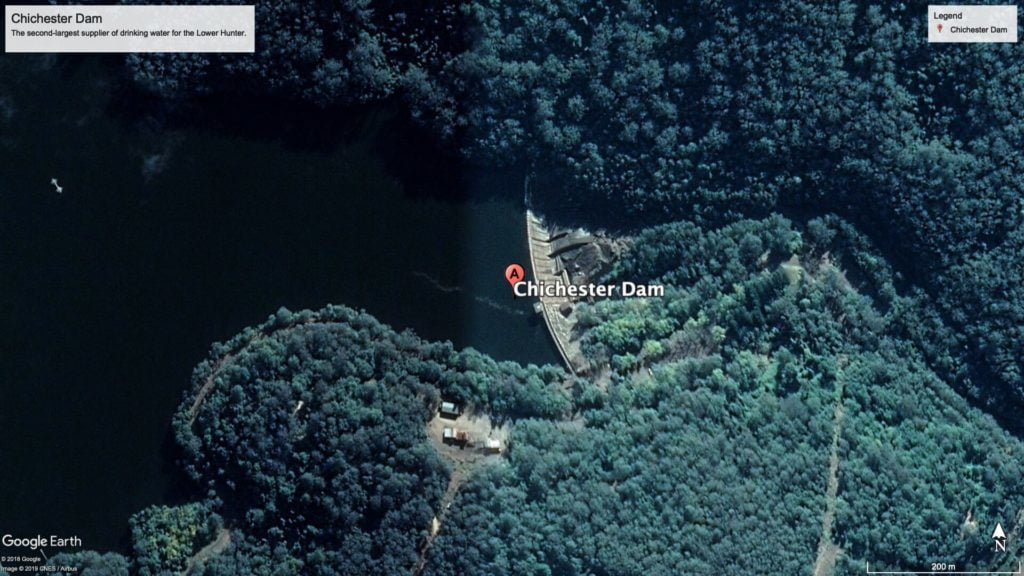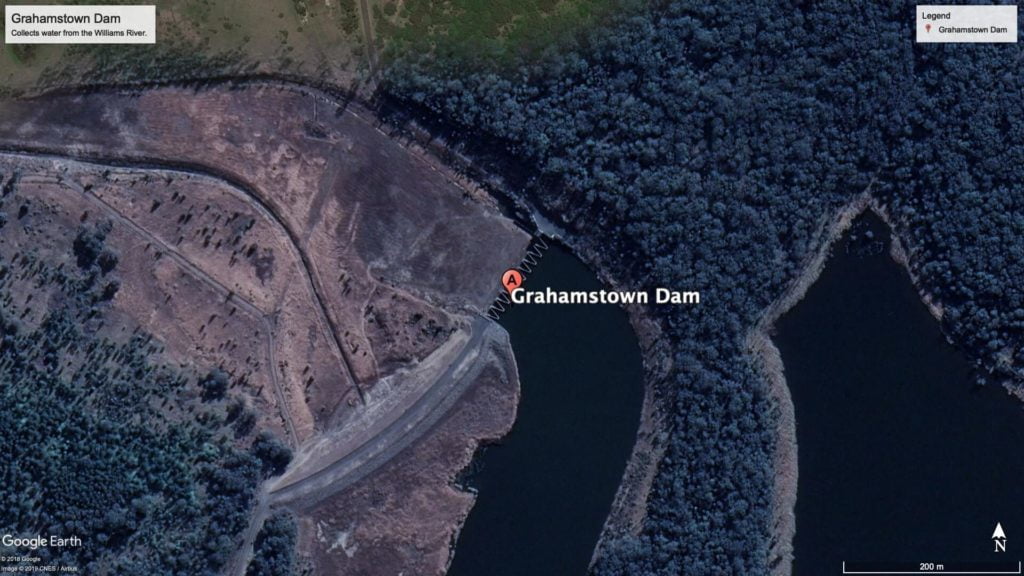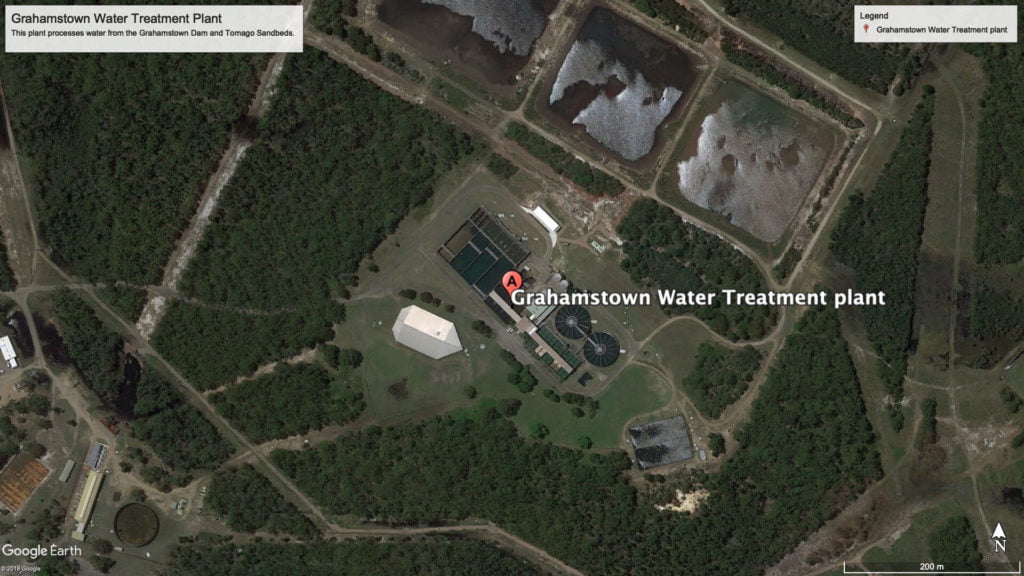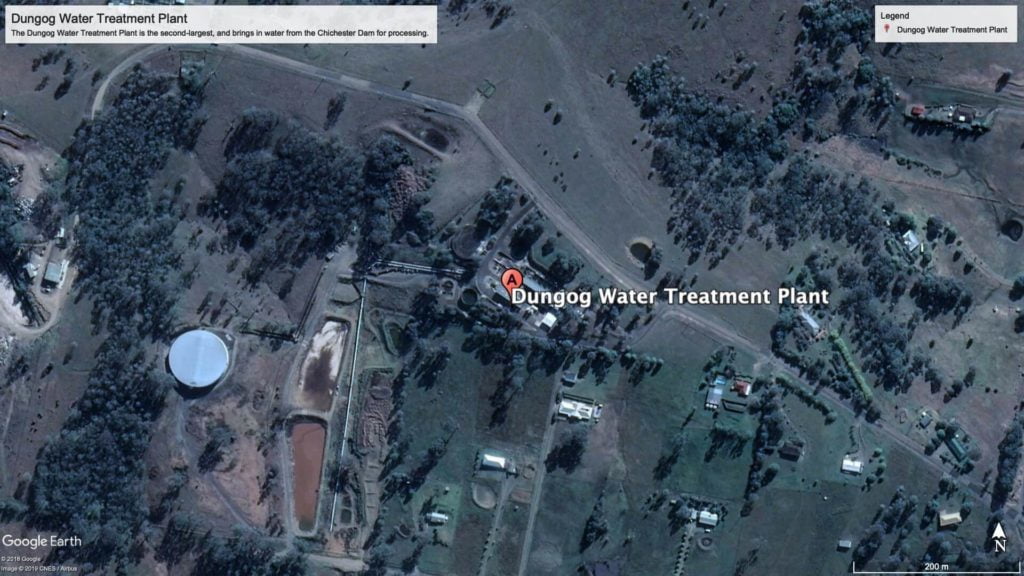If you’re like many Newcastle homeowners, you don’t give your water supply much thought unless there is an issue. However, it’s important to understand where your water comes from and how it’s processed before being delivered to your home. Here’s what you need to know.

Water Catchments, Dams and Sandbeds
Much of the water in Newcastle and the Hunter Valley comes from the Paterson and Allyn Rivers. A large catchment collects water from the river as it passes through the Barrington Tops National Park and the Chichester State Forest. At the base of the park lies the Chichester Dam, which is the second-largest supplier of drinking water for the Lower Hunter.
There is another dam located near Raymond Terrace and Medowie. This dam, called the Grahamstown Dam, collects water from the Williams River. It also includes a catchment area and collects rainfall that lands on the dam’s surface. Because of its large surface area, the dam is able to supplement its collection significantly with this rainfall.
The water supply in Newcastle can also come directly from the groundwater, though this method is typically only used in times of drought in order to conserve the groundwater as much as possible. There are multiple sandbeds in the area that can collect groundwater in catchments. The Tomago Sandbeds, Tomaree Sandbeds and Anna Bay Sandbeds provide any necessary supplementation for the other dams and catchments in times of need.
To learn more about the sandbeds and how they contribute to Newcastle’s water supply, check out this informative video:
In order to preserve the quality of the drinking water in the region, it is important to note that visitors are not allowed to access the dams, catchments or sandbeds. Restricting access to only those who truly need it minimises the risk of water contamination, vandalism and other potential hazards.


Local Water Treatment Plants
The water that comes from all of the above sources isn’t ready for consumption right away. To keep the water delivered to Newcastle homes and businesses as clean as possible, it must first go through one of the area’s many water treatment plants.
The largest in the region is the Grahamstown Water Treatment Plant. It can treat up to 357 megalitres of water per day and has the most comprehensive treatment methods, including coagulation, flocculation, sedimentation, filtration, pH correction, disinfection and fluoridation, all explained in greater detail in the next section. This plant processes water from the Grahamstown Dam and Tomago Sandbeds.
The Dungog Water Treatment Plant is the second-largest, handling up to 90 megalitres per day. This plant is capable of treating water through coagulation, flocculation, contact filtration, pH correction, disinfection and fluoridation. It brings in water from the Chichester Dam for processing.
The Anna Bay and Nelson Bay Water Treatment Plants both collect water from the Anna Bay Sandbeds as needed. They both have capacities of about 12 megalitres per day and can treat the water utilising aeration, pH correction, disinfection and fluoridation processes.
With a capacity of 5 megalitres per day, the Lemon Tree Passage Water Plant is one of the smallest in the area. It treats water from the Tomago Sandbeds, particularly from the northeastern end. It utilises a two-stage filtration method that incorporates aeration, coagulation, flocculation, pH correction, disinfection and fluoridation.
Finally, the Gresford Water Treatment Plant is the smallest of the bunch. It has a modest capacity of just 0.6 megalitres per day. It collects water from the Allyn and Paterson Rivers, treating them through microfiltration and disinfection to remove any impurities.


The Water Treatment Process
There are many different methods for treating water to make it suitable for human consumption, and each of these techniques is designed to accomplish a different goal. Here’s what you need to know about the various methods water treatment plants employ.
Coagulation and Flocculation
During this stage of the process, treatment plants add liquid aluminium sulphate or polymer to the water. This makes particles of dirt in the water stick together, a process known as coagulation. As those clumps stick to each other in larger and larger clumps, the particles become known as flocs, which are much easier to remove from the water than smaller particles.
Sedimentation
The next stage of the process is called sedimentation. During this portion, the water is transferred into sedimentation basins. Because the water is moving slowly, the floc particles are able to sink to the bottom as they are heavier than the water itself. After the floc settles, it becomes known as sludge. This sludge is then transferred to drying lagoons to be collected and put to other uses. It is important to note that water treatment plants using direct filtration methods skip this step. Instead, they remove the floc during the filtration process.
Filtration
In this stage, the water flows through a fine filter to remove any particles in the water. Sand, gravel and anthracite are the most common filtration substances used. Regular cleaning keeps the filters fresh and ready to go. In addition to removing particulates from the water, filtration also enhances disinfection, enabling it to be more effective.
Disinfection
The disinfection stage is designed to remove any potential disease-causing contaminants, like bacteria, viruses and parasites. Chlorine is the most common disinfectant, thanks to its efficacy and relative safety. Throughout the process, water treatment plant staff members monitor the chlorine content of the water to ensure the concentration doesn’t get too high for safe human consumption.
Fluoridation
Fluoride is an essential component of proper dental care, and this mineral is added to all public drinking water in New South Wales, including Newcastle. The NSW Fluoridation of Public Water Supplies Act went into effect in 1957. Water treatment plants monitor the levels of free fluoride ions in the water supply, adjusting the concentration as needed to maintain the optimal level. The goal of this requirement is to minimise the risk of dental cavities, helping to protect the general population and improve public health overall.
pH Correction
pH is a measurement of the level of acidity or alkalinity of the water supply. There is a limited range that is deemed safe for human consumption, and any chemicals or other contaminants in the water can throw off the pH balance. Water treatment plants add lime to the treated water to bring the pH back to an appropriate level as needed. In addition to making the water as safe as possible for area residents, this process also helps to minimise corrosion in customers’ pipes and throughout the water distribution system.
For more information about the methods Hunter Water employs to treat the water supply, watch this video: https://www.youtube.com/watch?v=hqeNARI7wQ4


Keep a Steady Supply of Water in Your Newcastle Home or Business
Having access to clean, fresh drinking water in your home or business starts with properly maintaining your property’s plumbing system. For all your plumbing needs in the Newcastle area, you can count on Fluid Plumbing Services. We can help with a variety of common plumbing tasks, like repairing leaks, replacing cracked or broken pipes, unblocking drains and more. Reach out to our team today to learn more about our services and schedule an appointment for a free inspection of your plumbing system. Call now to get started.
